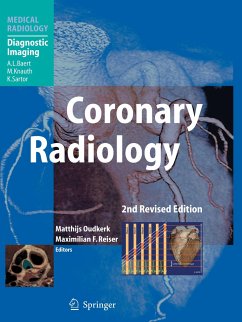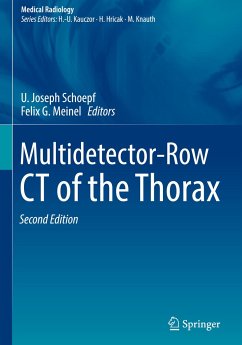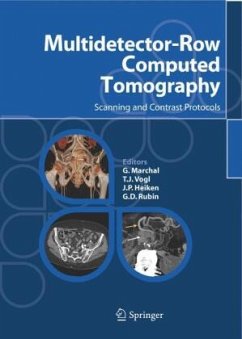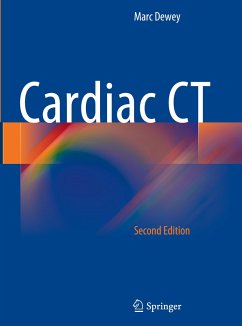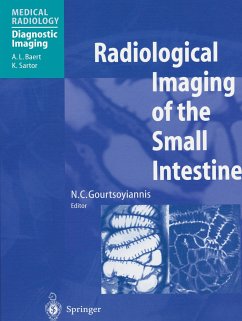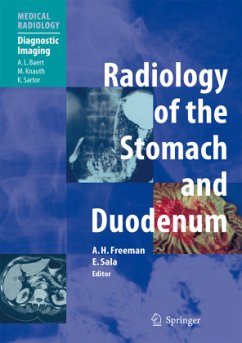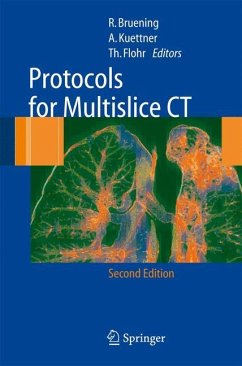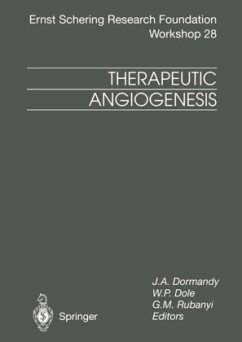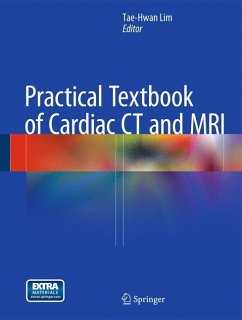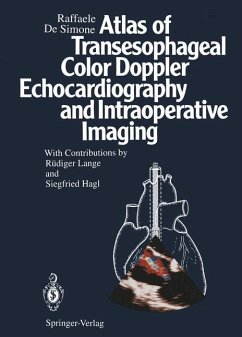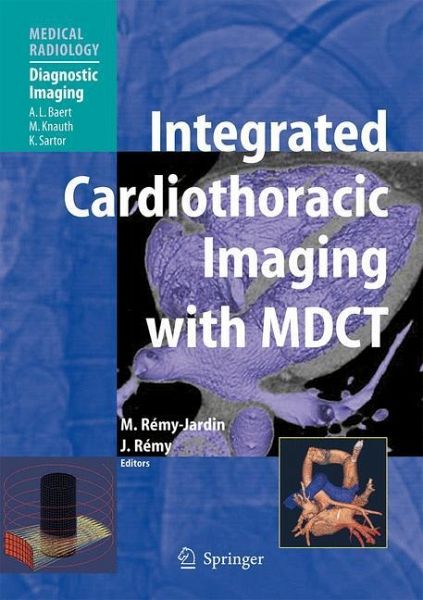
Integrated Cardiothoracic Imaging with MDCT
Versandkostenfrei!
Versandfertig in 6-10 Tagen
77,99 €
inkl. MwSt.

PAYBACK Punkte
39 °P sammeln!
The development of fast scanning techniques and ultrahigh temporal resolution, which can be employed for both ECG-gated and nongated examinations of the chest, has made integrated cardiothoracic imaging a reality. This timely, well-illustrated book, written by recognized experts in the field, addresses the potential value of such imaging. The first and second parts discuss the technological background and the cardiac and coronary artery anatomy and physiology, while the third part examines heart-lung physiological and therapeutic interactions. The fourth part, which forms the main body of the ...
The development of fast scanning techniques and ultrahigh temporal resolution, which can be employed for both ECG-gated and nongated examinations of the chest, has made integrated cardiothoracic imaging a reality. This timely, well-illustrated book, written by recognized experts in the field, addresses the potential value of such imaging. The first and second parts discuss the technological background and the cardiac and coronary artery anatomy and physiology, while the third part examines heart-lung physiological and therapeutic interactions. The fourth part, which forms the main body of the book, examines in detail the various clinical applications of integrated cardiothoracic imaging, including cardiac complications of thoracic disorders, thoracic consequences of cardiac diseases, ambiguous symptomatology such as chest pain and hemoptysis, asymptomatic cardiac diseases, pericardial disease, and lung perfusion evaluation. A principal aim of the book is to demonstrate that general radiologists can participate in screening for cardiac and coronary artery lesions in at-risk populations scanned owing to respiratory symptoms.



